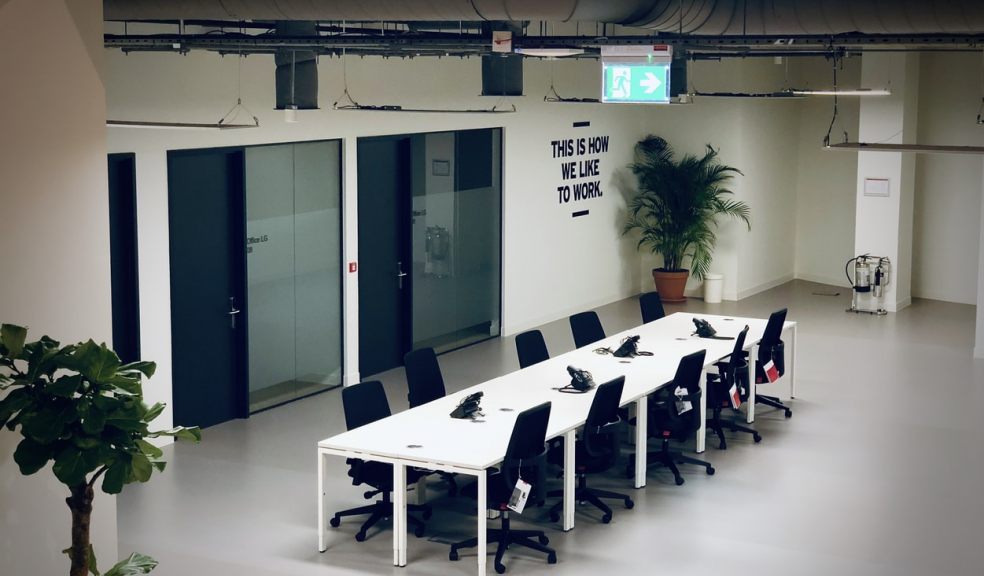
Rethinking Jobs and Leadership for the Post-COVID World – How employers can walk the walk
Less than 20% of UK workers are in jobs that use and develop all of their ability to learn, solve problems, innovate and adapt. Here, Dr Peter Totterdill, of Workplace Innovation Europe CLG argues that we’re squandering the most important resource that we have to survive and thrive in the post-COVID world – human potential.
Globalisation, climate change, technological innovation, Brexit and COVID-19 have all prompted forward-looking business begin to re-think how they work and what changes they can make to confront such a raft of serious challenges.
For many, the penny is at long last beginning to drop. They are beginning to acknowledge that the introduction of workplace innovation practices can make businesses more productive, enterprising and versatile. Establishing new ways of working and collaborating can ignite the tacit knowledge, creativity and commitment of people at every level of the organisation. It prepares organisations to be sufficiently nimble and adaptable while demonstrably enhancing job satisfaction and employee well-being.
Research evidence and practical examples of the success of workplace innovation are now abundant, growing and being recognized by more employers but the reality is many are still confusing resolve with action. They are talking the talk but there remains a distinct lack of walking the walk.
So, if the workplace innovation movement is pushing at an open door and employers are clearly not complacent about these issues, what’s preventing more of them introducing smarter ways of working? Misconceptions about desired outcomes and the ways to achieve them are often at the root of the problem.
Re-training managers in participative styles of leadership and then sending them back to organisations based on hierarchical structures isn’t going to work. Enhancing employee satisfaction is too often seen as beneficial improvements to the working environment and not about individual autonomy, learning on the job, self-managed team working, reductions in psychological stress which all combine to create intrinsic and sustainable job satisfaction.
The third misconception is that technology is the answer. Advances in automation, digitisation and advanced manufacturing represent enormous opportunities for both employers and employees. Yet there is plenty of evidence that companies only achieve a sustainable return on investment when technologies enhance – rather than replace – workforce skills. The challenge is to achieve the best possible synergies between digital potential and human potential, embedding workplace innovation in the very DNA of the organisation.
Getting any or all of these wrong can lead to some intransigent problems. A so-called ‘misaligned organisation’ is characterised with hierarchies and functions which are easily capable of undermining overall strategy. Departments, however individually successful, become focused on their own targets and relationships and fail to deliver the collaborative behaviours required to achieve the organisation’s long term strategic goals.
In recognition of all this, the enlightened employer wants to create workplace practices and behaviours with vision, values and strategy that everyone can sign up to. This will include two-way communications that are listened to, acknowledged, and acted upon. It will mean taking a critical view of existing structures, management and procedures ensuring the self-serving micro-cultures misaligned with organisational values and strategic direction are eliminated.
It may require looking at flatter organisational structures, streamlining workflow, self-organising teams and, above all, embedding employee-driven innovation and improvement in the psyche of all employees and job functions.
This is aimed at unleashing the accumulated knowledge, experience and creativity of workers at every level can play an important role in improving business performance and giving companies the competitive edge.
Yet this recognition is so often tinged with frustration that those same employers are not responding fully to the opportunities placed in front of them. However, there are ways to confront embedded inertia and kick start the ‘resolve-to-action’ process. The Workplace Innovation Diagnostic® measures employee experience against evidence-based working practices associated with enhanced capacity for innovation as well as improved productivity, health and engagement, and provides a clear and very practical starting point for effective change.
It helps identify where an organisation is going wrong and the obstacles to effective change. It facilitates a practical and measurable action plan and, undertaken alongside regular peer-to-peer reviews to highlight best practice and establish ‘what works and what doesn’t work’, it provides an invaluable starting point for employers keen to ‘walk the walk’.

















